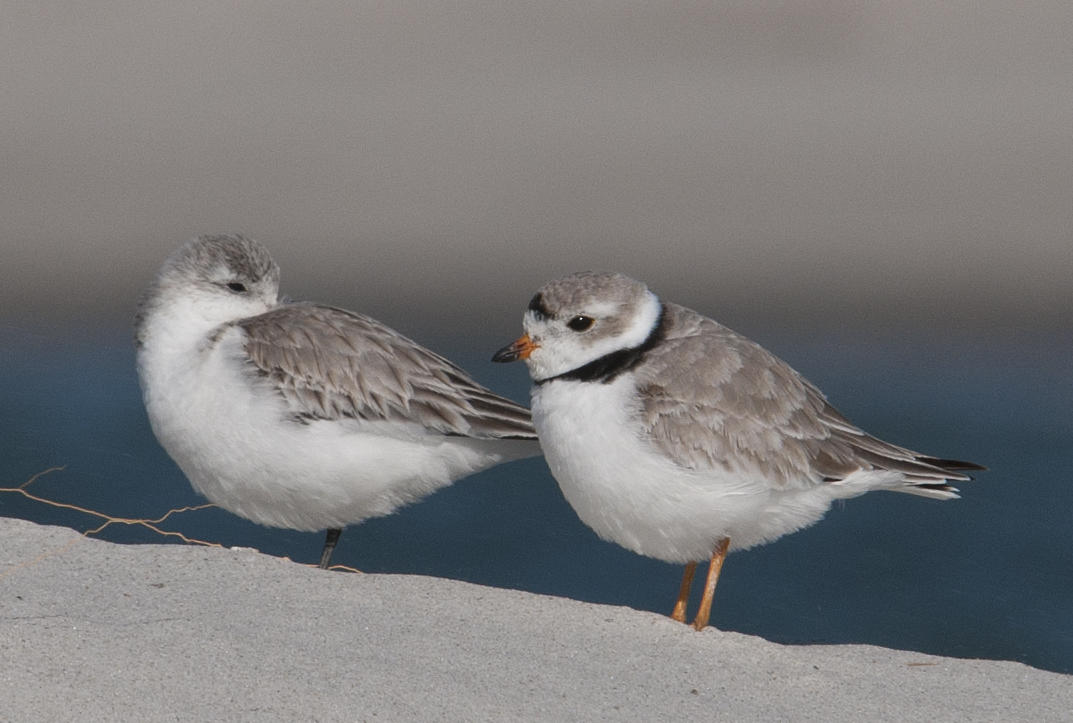75 pairs of breeding birds. That’s the size of the endangered Great Lakes Piping Plover population, once estimated at 500-800 pairs in the 1800s. It’s taken over 20 years of hard work to grow from a low of just 12 breeding pairs in 1990.
Now, a proposal on North Carolina’s coast to construct a massive steel and rock wall would destroy critical winter habitat at Rich Inlet, further jeopardizing the Piping Plover’s survival.
Piping Plovers at Rich Inlet need your help.
The U.S. Army Corps of Engineers is allowing one last round of public comments on the proposed terminal groin and final Environmental Impact Statement (EIS). The EIS is riddled with flaws and modeling errors that overestimate the benefit of the wall, while downplaying the impact on birds, sea turtles, and other wildlife.
Audubon North Carolina is working with our partners and legal advisors to stop this dangerous proposal, but that won’t be enough. We need YOUR help to stop the construction of this terminal groin once and for all.
Contact the Army Corps by 5pm Monday, August 1 and urge them to protect this beautiful place for the Piping Plovers and other coastal birds that call it home.

Why Rich Inlet is Special
Rich Inlet at the northern edge of Figure 8 Island is one of the most important places for Piping Plovers - which require highly specialized habitat to survive. Piping Plovers depend on this area as a winter resting place and to find rich sources of food. In fact, Rich Inlet is so important for both Atlantic and Great Lakes plovers’ survival that the U.S. Fish & Wildlife Service has designated it as critical habitat for the birds.
Save Rich Inlet from Groins
Sadly, in the name of protecting a handful of homes on Figure 8 Island from erosion, plans are in place to build a steel and rock wall, called a terminal groin, in the heart of this incredibly important habitat for Piping Plovers. North Carolina’s leading coastal geologists say that this plan won’t work and will actually exacerbate erosion on the island.
We know the project would cause irreversible harm to critical habitat for our birds and other wildlife.
Simply put, that’s unacceptable. We Can’t Let This Happen.
We need YOUR help to stop the construction of this terminal groin once and for all. Click here to Save Rich Inlet.

Through Audubon North Carolina’s Seas & Shores initiative, our staff is working diligently to protect the critical habitats our shorebirds need. To stay up to date on policy issues where your voice can make a difference for NC birds, sign up for Audubon’s Action Alert Network.




